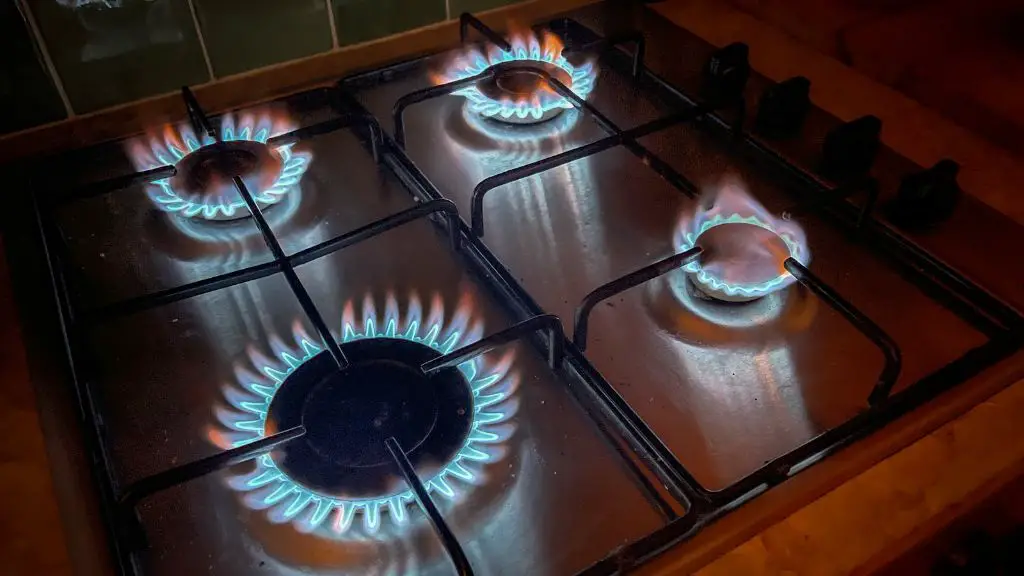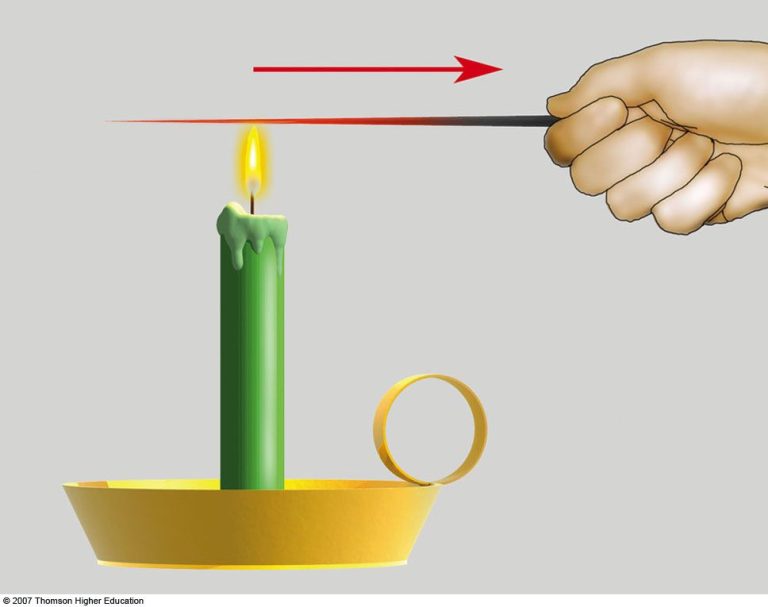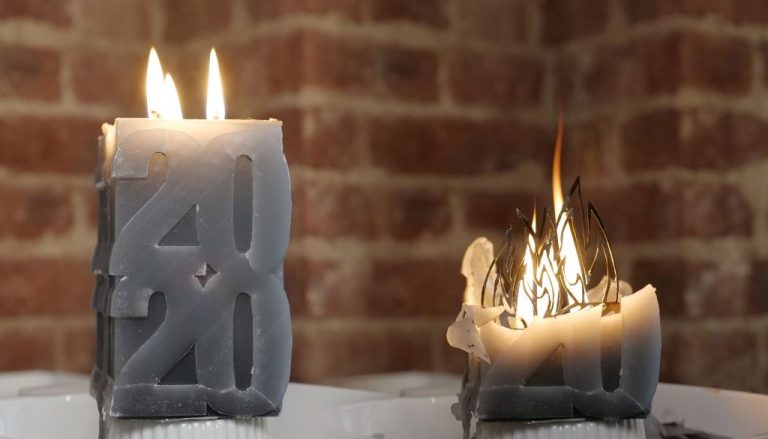What Does A High Flame Mean?
Introducing the Concept of Flame Height
Flame height refers to the physical measurement of the visible portion of a flame from its base to its tip. It is an important factor in the safe and efficient operation of gas stoves, heaters, grills and other fuel-burning appliances and equipment that utilize a flame.
Having the proper flame height for the specific appliance is necessary for complete combustion and heat output as intended by the manufacturer. If the flame is too low, the appliance may not function as effectively. If the flame is too high, it can present safety hazards.
Typical flame heights for home appliances are:1
- Gas stoves: 2-4 inches
- Gas furnaces: 4-8 inches
- Gas water heaters: 4-6 inches
- Gas grills: 4-6 inches
Monitoring flame height and making proper adjustments helps ensure appliances work safely and efficiently.
What Factors Influence Flame Height
The height of a flame is determined by several key factors related to the fuel source and the environment. The main elements that impact flame height are:
- Fuel source and quality – The type of fuel being burned and its quality have a major effect on flame height. Fuels like natural gas or propane will produce taller flames than fuels like wood or charcoal. High purity fuels with few impurities tend to burn hotter and produce taller flames.
- Oxygen supply – A flame needs oxygen to burn. More oxygen availability allows for a higher flame. Closed environments with less air supply will restrict flame height.
- Nozzle shape and size – Flames emerge from a nozzle or opening on gas appliances. The shape and diameter of the nozzle can increase or decrease the velocity and airflow of the gas, impacting flame height.
Understanding these key factors helps explain why flame heights vary across different appliance types and settings. Adjusting the fuel flow and oxygen supply provides a means to control the flame height as needed for optimal performance and safety.
Ideal Flame Height for Common Appliances
The ideal flame height for a gas appliance will depend on the specific type of appliance. Here are some general guidelines for common gas appliances in the home:
Gas Stoves/Ovens – According to KitchenAid, gas stove burners should have a flame height of 1/2″ to 1″ tall when on the lowest setting, and up to 1 1/2″ to 2″ on the highest setting. The flame should sit steadily on the burner and not extend beyond the edges. Refer to your manufacturer’s manual for specific recommendations (1).
Gas Water Heaters – For a gas water heater, the pilot light flame should be a steady, soft blue flame about 1/2″ high. The main burner flames should be blue and between 4-8 inches high when the heater is on (2).
Gas Furnaces – The flames inside a gas furnace burners should appear mainly blue with possibly some areas of light orange. Flames should not be lazy or lift off the burners. Adjust the gas pressure regulator if needed to achieve proper flame heights (3).
Gas Fireplaces – Each fireplace model will have specific guidelines, but in general the flames should be blue at the base and a mix of blue/yellow at the body and tips. Flames should be steady but not overly tall or lifting off the burners (4).
(1) https://producthelp.kitchenaid.com/Cooking/Cooktops/Gas_Cooktop/Noise/Noisy_or_Yellow_Flames_-_Gas_Cooktop
(2) https://www.reuters.com/legal/transactional/ensure-your-gas-water-heater-is-safely-operational-this-winter-2022-11-21/
(3) https://www.omiheatingandcooling.com/how-high-should-the-flame-be-in-my-gas-furnace/
(4) https://www.hunker.com/13416619/what-is-the-proper-flame-height-for-gas-fireplace
Signs of an Abnormally High Flame
There are a few key signs that indicate your gas appliance has an abnormally high flame that needs adjustment:
-
The flame is hitting or reaching the top of the appliance. Normal flames should not touch the sides or top.
-
The flame is sputtering, fluttering, or making a hissing noise. This suggests improper gas flow.
-
The tips of the flame are yellow or orange instead of blue. According to Mid-Florida Energy, yellow tips indicate incomplete combustion.
If you notice any of these signs, it’s important to have a professional inspect and adjust your gas appliance. An abnormally high flame is inefficient and poses safety hazards.
Dangers of a High Gas Flame
A gas flame that is too high can present several dangers, including wasted fuel, fire hazards, and carbon monoxide poisoning.
Excessively high flames waste fuel by burning more gas than is necessary. According to the U.S. Department of Energy, gas stoves account for about 21% of residential energy used for cooking[1]. Having an abnormally high flame means more gas is being consumed, leading to higher energy bills and unnecessary greenhouse gas emissions.
High flames extending beyond the edges of cookware also increase the risk of catching nearby combustibles on fire. Fabrics, paper, curtains, cabinets, and walls can easily ignite if they come into contact with the flames. According to the National Fire Protection Association, cooking equipment is the leading cause of reported home fires and injuries[2].

Finally, high flames can produce dangerous levels of carbon monoxide. This colorless, odorless gas binds to hemoglobin in the bloodstream and reduces oxygen transport in the body, leading to asphyxiation. Carbon monoxide poisoning sends over 20,000 people to the emergency room annually in the U.S.[3]. Having a properly adjusted flame is essential to prevent exposure.
How to Adjust Flame Height
If your gas appliance has an abnormally high flame, you may be able to adjust it down to a normal level. Here are some tips for adjusting a high flame height:
Locate the valve or knob that controls gas flow. On stovetops this is usually found on the front of the unit near each burner. For standalone gas appliances like water heaters, the control knob should be on the front or side. Consult your owner’s manual if you’re unsure of where it’s located.
Turn the knob to reduce gas flow. Slowly turn the valve or knob counter-clockwise to begin reducing the flame height. Go slowly and make incremental adjustments, as you don’t want to completely extinguish the flame. The goal is to achieve a nice blue flame about 1-2 inches high.
Consult your manual for specific advice. Your appliance manual will offer specifics on optimal flame height and how to adjust it. Follow their guidance on proper flame size for the intended use. Each burner may need a different height.
With some minor adjustments to gas flow you can often reduce an unusually tall flame down to a safer level. Monitor it for a few minutes to ensure it remains stable. Call for service if you are unable to achieve a normal flame height through gas valve adjustments.
When to Call a Professional
If you’ve tried adjusting the air shutters, gas pressure, or other components and the flame height remains persistently high, it’s time to call in an appliance repair professional. According to Liberty Home Guard, “If adjusting the air shutters and gas line pressure doesn’t fix the problem, the ignition system or gas valves likely need replacing” (source).
A persistently high flame indicates a deeper issue that requires a qualified technician for proper diagnosis and repair. This is especially true for ovens that continue exhibiting unusually high flames that extend out of the oven. As Lake Appliance Repair advises, “If you encounter a high glass flame on your gas range, it’s essential to immediately stop using it and call in a professional for an evaluation. A qualified technician can inspect the appliance, determine the reason for the high flame, and take the appropriate corrective action” (source).
You should also call for professional service anytime you have doubts about the safety of your gas appliances. Unusually high flames are a warning sign that something is wrong. It’s always better to be safe and have a technician inspect the appliance. As Mister Sparky notes, if you notice any signs of abnormal performance like high flames, “It is best to discontinue use and call a professional rather than continuing to operate a potentially unsafe appliance” (source). Your safety should be the top priority.
Preventing Excessive Flame Heights
There are a few key steps you can take to help prevent issues with excessive flame heights on gas appliances:
Conduct annual inspections – Have a professional technician inspect your gas appliances once a year. They can clean the burners, adjust the gas pressure, and ensure everything is working properly.
Keep appliances clean – Built up grease, food, and debris can clog burner ports and affect flame size. Clean drip pans and burners regularly according to manufacturer instructions.
Proper installation – Gas appliances should only be installed and serviced by qualified professionals to ensure the gas line pressure and burner adjustments meet specifications.
By staying on top of maintenance and having technicians service your gas appliances annually, you can greatly reduce the chances of running into problems with abnormal flame heights.
Options for Different Fuel Sources
The type of fuel used in an appliance can significantly impact the flame height. This is because different fuels have different energy densities and burning characteristics.
Electric appliances do not rely on an open flame and instead use heating elements to generate heat. As a result, there is no concern about flame height with electric stoves or other appliances.
Gas appliances rely on the combustion of natural gas or propane. Natural gas typically produces a lower flame height compared to propane. This is because propane has a higher energy density per volume than natural gas, allowing more rapid combustion and higher flame temperatures (https://publications.iafss.org/publications/fss/7/569/view/fss_7-569.pdf).
Propane and butane are commonly used in portable camping stoves, outdoor grills, and some residential appliances. The high energy density allows these liquid fuels to produce a more intense flame in a compact appliance, but also increases the risk of excessive flame heights.
Care should be taken to properly regulate the fuel valve to control flame height in propane/butane appliances. Windy conditions can also further increase flame height with these fuels. Using appropriate cooking vessels and burner covers can help tame the flame.
Concluding Thoughts on Flame Height
This article looked at the many factors involved in understanding flame height for gas appliances. We discussed what influences flame height, from the type of fuel and appliance design to environmental conditions. Ideal flame heights were provided for common appliances like stoves, grills and decorative fire pits.
Signs of an abnormally high flame were covered, such as flames lifting off burners, excessive noise or heat, and flames contacting surfaces above the burner. It’s critical to monitor flame heights, as a flame that is too high can present serious dangers from increased carbon monoxide emissions to fire hazards.
Steps for adjusting flame height were provided, but a professional should be consulted for persistent issues. While options exist for different fuel sources like natural gas versus propane, some general guidelines apply to monitoring all open flames. Being attentive and taking preventative measures are key to avoiding excessive flame heights.
Understanding proper flame height helps ensure safe, efficient operation of gas appliances. This guide provided an overview, but following manufacturer specifications is always advised. Igniting any open flame comes with responsibility, so stay informed and keep safety in mind.



